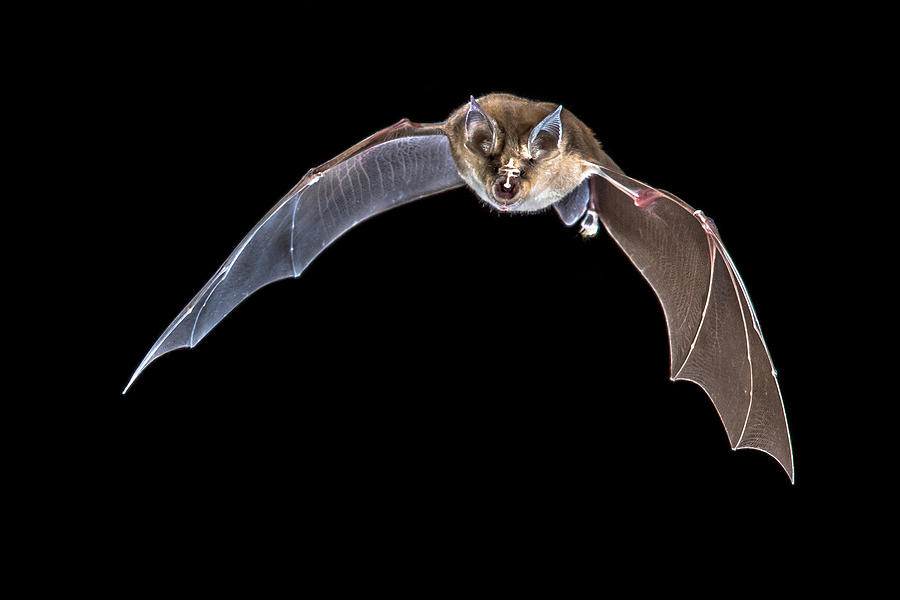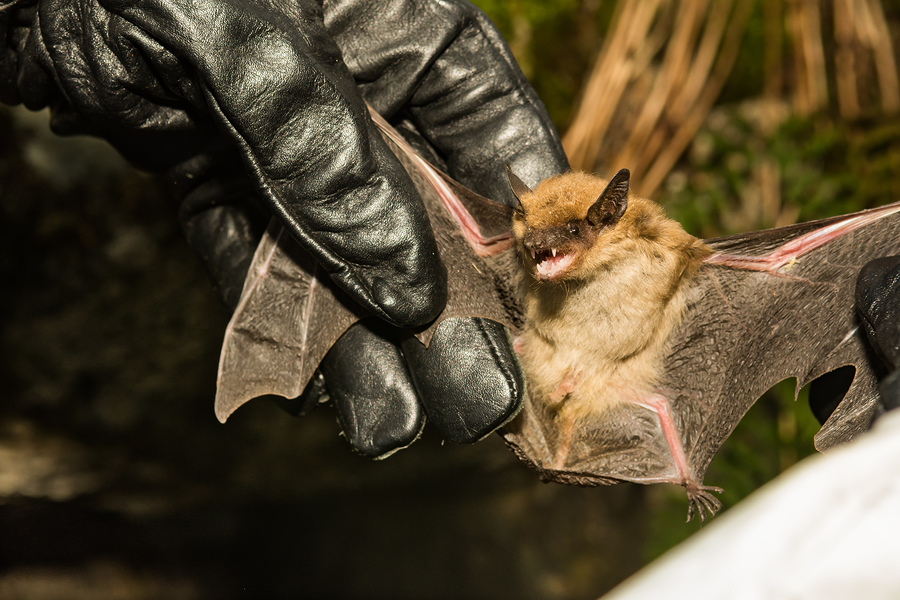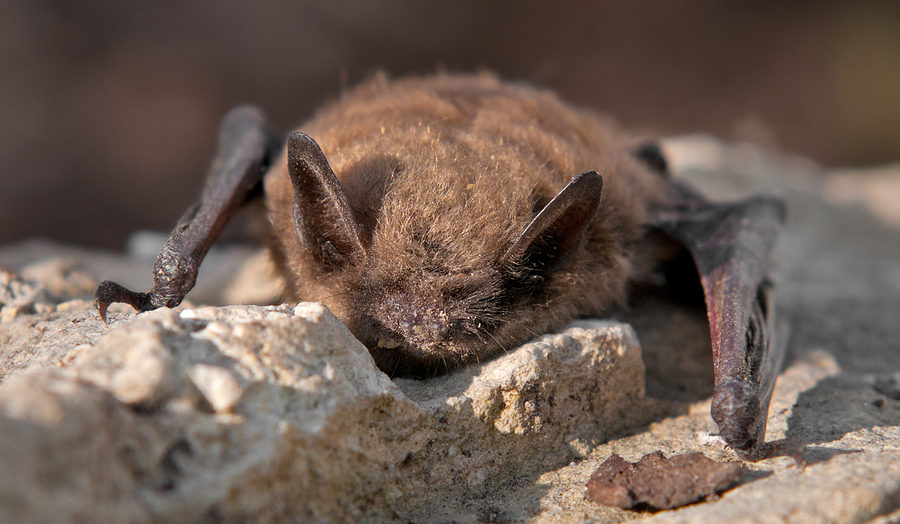Bats play a vital role in our ecosystems as pollinators and insect controllers, but they can become unwelcome guests when they roost in our attics and buildings. Indiana residents may occasionally find themselves needing safe, effective solutions for bat control. This comprehensive guide aims to empower homeowners, building owners, and landlords with the knowledge to navigate these situations conscientiously.

Common Bat Species in Indiana
Indiana is home to several Microchiroptera bat species, including the Indiana bat—Myotis sodalis—which is federally endangered, and the more commonly encountered Little Brown Bat—Myotis lucifugus. Other species of bat native to Indiana and surrounding parts include the Northern Long-eared Bat—Myotis septentrionalis, Tri-Colored Bat—Perimyotis subflavus, Big Brown Bat—Eptesicus fuscus and Eastern Red Bat—Lasiurus borealis. Microchiroptera bats, or microbats, are different from Megachiroptera bat species. Megachiroptera bats, or megabats, have larger eyes, are primarily fruit eaters and can be found in warmer climates.
Basic Bat Biology and Behavior
Bats, fascinating creatures of the animal kingdom, hold a unique distinction as the only mammals naturally capable of sustained flight. Drawing closer, we discover their intriguing behavior: during daylight hours, they seek refuge in dark and secluded areas, patiently awaiting the arrival of dusk. As the sun sets and darkness envelops the sky, these nocturnal beings emerge, ready to embark on their quest for sustenance.
With graceful flight, they traverse the night, skillfully maneuvering through the air in search of insects to feast upon. It is this evening activity that plays a crucial role in their survival, as they contribute to the delicate balance of nature by helping to reduce pesky insect populations. Truly, bats are a marvel of adaptation and an integral part of our ecosystem.
Identifying Bat Infestations
Attics, eaves, and wall cavities provide favorable conditions for bats to roost. These areas offer seclusion and protection from predators, creating an ideal habitat for these fascinating creatures. With their ability to navigate in the dark and their unique echolocation system, bats have adapted to thrive in these hidden spaces. By taking advantage of the shelter and safety provided by attics, eaves, and wall cavities, bats can establish colonies and contribute to the delicate balance of our ecosystem.
Signs of a Bat Infestation:
▶ Unusual sounds (scratching, squeaking) in walls or ceilings
▶ Accumulation of guano (bat droppings) in or around your property
▶ Sighting of bats flying in or out of buildings at dawn or dusk
Health Risks Associated with Bats
While bats are typically non-aggressive, it’s crucial to note that they can carry diseases such as Rabies. Additionally, bat guano can lead to respiratory disease known as histoplasmosis. Hence, exercising caution and refraining from direct contact is of utmost importance.
Bat Control Strategies:
▶ Sealing Entry Points – Identify and seal any openings larger than a quarter of an inch—bats can squeeze through surprisingly small gaps.
▶ Bat-Proofing Your Home – Installing bat boxes to provide alternative roosts and using mothballs or aluminum foil as deterrents can be part of an integrated control strategy.
▶ Maintaining a Clean Environment – Removing standing water and trimming tree branches away from structures can reduce attractants for bats seeking a habitat.
How to Ensure Humane Bat Removal
Due to the potential risks involved, as well as the humane and legal implications, it is crucial to hire professional bat removal services that specialize in bat exclusion techniques. These experts have the knowledge and experience to safely and effectively handle bat infestations, ensuring the well-being of both humans and bats.
Attempting to trap or handle bats yourself can be extremely unsafe and is potentially illegal. Bats are a protected species in many areas and interfering with them without the proper permits or expertise can have serious consequences. Indiana state law protects bats, and it’s illegal to kill or harm bats, including endangered species like the Indiana bat. Always follow state guidelines and obtain necessary permits for bat removal.
By relying on professional bat removal and control, you can have peace of mind knowing that the situation will be handled responsibly and in accordance with the law.
Conclusion
For Indiana residents, understanding the delicate balance between beneficial bat behaviors and the safety of human habitats is key. Proactive bat control is about coexistence and ensuring that we handle our winged neighbors responsibly. With the proper approach and professional guidance, you can address nuisance bat issues while contributing to the well-being of our natural environment.
Remember, if you suspect a bat infestation, prioritize safe, humane, and legal bat removal procedures. It’s essential to protect both your home and Indiana’s vital bat populations. Contact us at 317-535-4605 to schedule a critter control home inspection for bats, or for emergency bat removal services in Indianapolis, Indiana. We also offer free estimates!
Related Posts:
Exploring the Echolocation Behavior of Common Bat Species in Indiana
Uncovering the Nocturnal Habits of Bats in Northern Indiana
Everything You Need to Know About Indiana Bat Conservation Strategies





